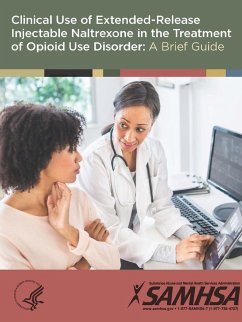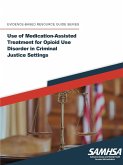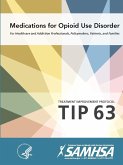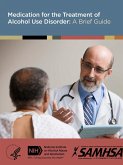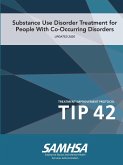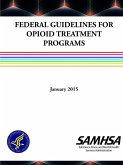The profile of opioid misuse and opioid use disorder in the United States is changing, in that nonmedical use of prescription opioids has become as significant a problem as the use of heroin.1 Federal data for 2013 indicate that approximately 4.5 million people in the United States reported nonmedical use of prescription pain relievers in the past month and 289,000 reported use of heroin in the past month.2 Despite the dimensions of the problem, nearly 80 percent of people with an opioid use disorder do not receive treatment because of limited treatment capacity, financial obstacles, social bias, and other barriers to care. Researchers, federal health agencies, and pharmaceutical manufacturers have focused on developing medications that can be used to expand access to treatment of an opioid use disorder in medical office settings, rather than limiting use to specialized opioid treatment programs (OTPs).

